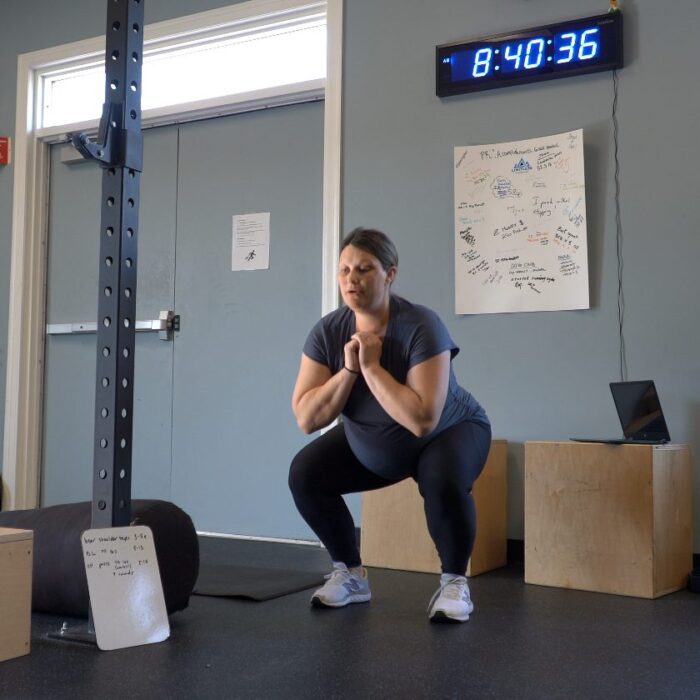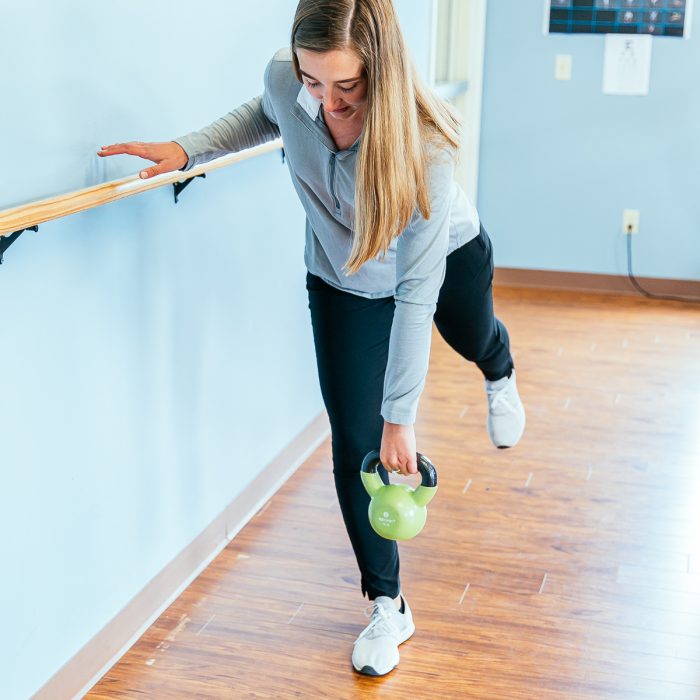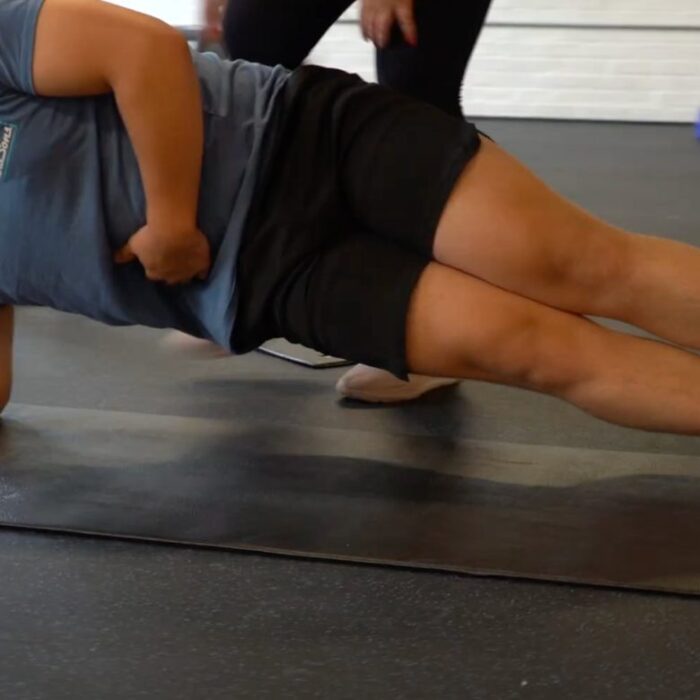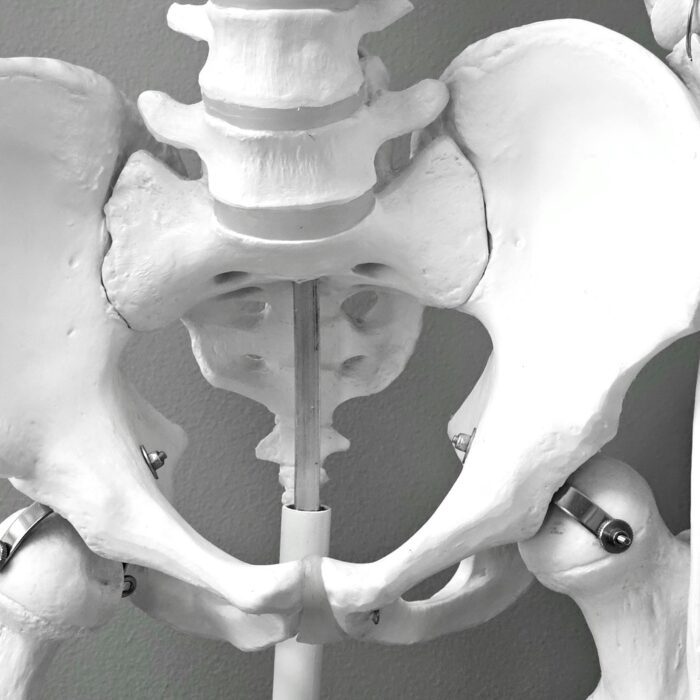Tennis elbow, or lateral epicondylitis, is a condition characterized by pain and tenderness on the outside of the elbow. This discomfort arises from overuse of the forearm muscles and tendons, leading to inflammation and microtears in the tissue. Despite its name, tennis elbow isn't limited to athletes; it can affect anyone who engages in repetitive arm movements.
Understanding Tennis Elbow
Tennis elbow occurs when the tendons that attach the forearm muscles to the lateral epicondyle—the bony prominence on the outer part of the elbow—become inflamed due to repetitive stress. This overuse leads to pain and tenderness in the elbow and forearm. Activities such as painting, plumbing, or extensive computer mouse use can contribute to this condition.
Common Symptoms
Individuals with tennis elbow often experience pain on the outside of the elbow that may radiate down the forearm. This pain can make it challenging to perform everyday tasks like shaking hands, turning doorknobs, or holding a coffee cup. Stiffness and a weakened grip are also common, and symptoms may worsen with activities involving lifting, gripping, or twisting the forearm.
Causes and Risk Factors
The primary cause of tennis elbow is repetitive stress and overuse of the forearm muscles. Risk factors include:
- Age: Most common in adults between 30 and 60 years old.
- Occupational Hazards: Jobs that involve repetitive arm movements, such as carpentry, painting, or cooking.
- Sports Participation: Engaging in racket sports, especially with improper technique or equipment.
Understanding these risk factors can help in preventing the onset of tennis elbow.
Diagnosis
A healthcare provider typically diagnoses tennis elbow through a physical examination, assessing pain points and range of motion. In some cases, imaging tests like X-rays or MRIs may be used to rule out other conditions.
Treatment Options
Effective management of tennis elbow, or lateral epicondylitis, often involves a combination of rest, physical therapy, medications, bracing, injections, and, in some cases, surgery. Among these, physical therapy plays a pivotal role in both alleviating pain and restoring function.
Physical Therapy
Physical therapy is a cornerstone in the treatment of tennis elbow, focusing on exercises that strengthen and stretch the forearm muscles to promote healing and prevent recurrence. A physical therapist can design a personalized exercise program tailored to your specific needs. Common exercises include:
- Wrist Extension Stretch: Extend your affected arm with the palm facing down and gently bend your wrist upward using your other hand until a stretch is felt in the forearm. Hold for 15 to 30 seconds and repeat three times.
- Wrist Flexion Stretch: With your arm extended and palm facing up, gently bend your wrist downward using your other hand until a stretch is felt. Hold for 15 to 30 seconds and repeat three times.
- Wrist Extension Strengthening: Place your forearm on a table with your hand hanging over the edge, palm down, holding a light weight. Slowly raise your hand upward, then lower it back down. Perform three sets of 10 repetitions.
- Wrist Flexion Strengthening: Similar to the wrist extension exercise, but with the palm facing up. Lift your hand upward and then lower it back down. Perform three sets of 10 repetitions.
- Ball Squeeze: Hold a rubber ball in your affected hand and squeeze it for five seconds before releasing. Repeat 10 times to improve grip strength.
In addition to exercises, physical therapists may employ other modalities such as ultrasound therapy, massage, or manual therapy techniques to reduce pain and inflammation. They can also provide guidance on activity modification to prevent further strain on the elbow.
Rest and Activity Modification
Allowing adequate rest is essential to facilitate healing. Avoid activities that exacerbate pain, especially those involving repetitive wrist and arm movements. Modifying techniques in daily tasks and sports can help reduce strain on the elbow.
Bracing
Using a forearm strap or brace can help alleviate symptoms by reducing strain on the affected tendons. This support can be particularly beneficial during activities that involve repetitive arm movements.
If you're experiencing persistent elbow pain or suspect you have tennis elbow, it's essential to consult with a healthcare professional.
Preventive Measures
To reduce the risk of developing tennis elbow:
- Proper Technique: Ensure correct form in sports and occupational tasks.
- Equipment Check: Use equipment that suits your skill level and physical condition.
- Strengthening Exercises: Regularly perform exercises to maintain forearm strength and flexibility.
If you're experiencing persistent elbow pain or suspect you have tennis elbow, it's essential to consult with a healthcare professional. At Limitless Physical Therapy, we specialize in diagnosing and treating conditions like tennis elbow, helping you return to your daily activities pain-free. For more information or to schedule an appointment, reach out to us today.
At Limitless Physical Therapy, we specialize in treating a wide range of athletic and work-related injuries. Our comprehensive services encompass manual therapy and strength training, all tailored to facilitate optimal recovery and restore function. We also offer specialized programs for pre and post-surgical rehabilitation, ensuring a holistic approach to your health and wellness.











